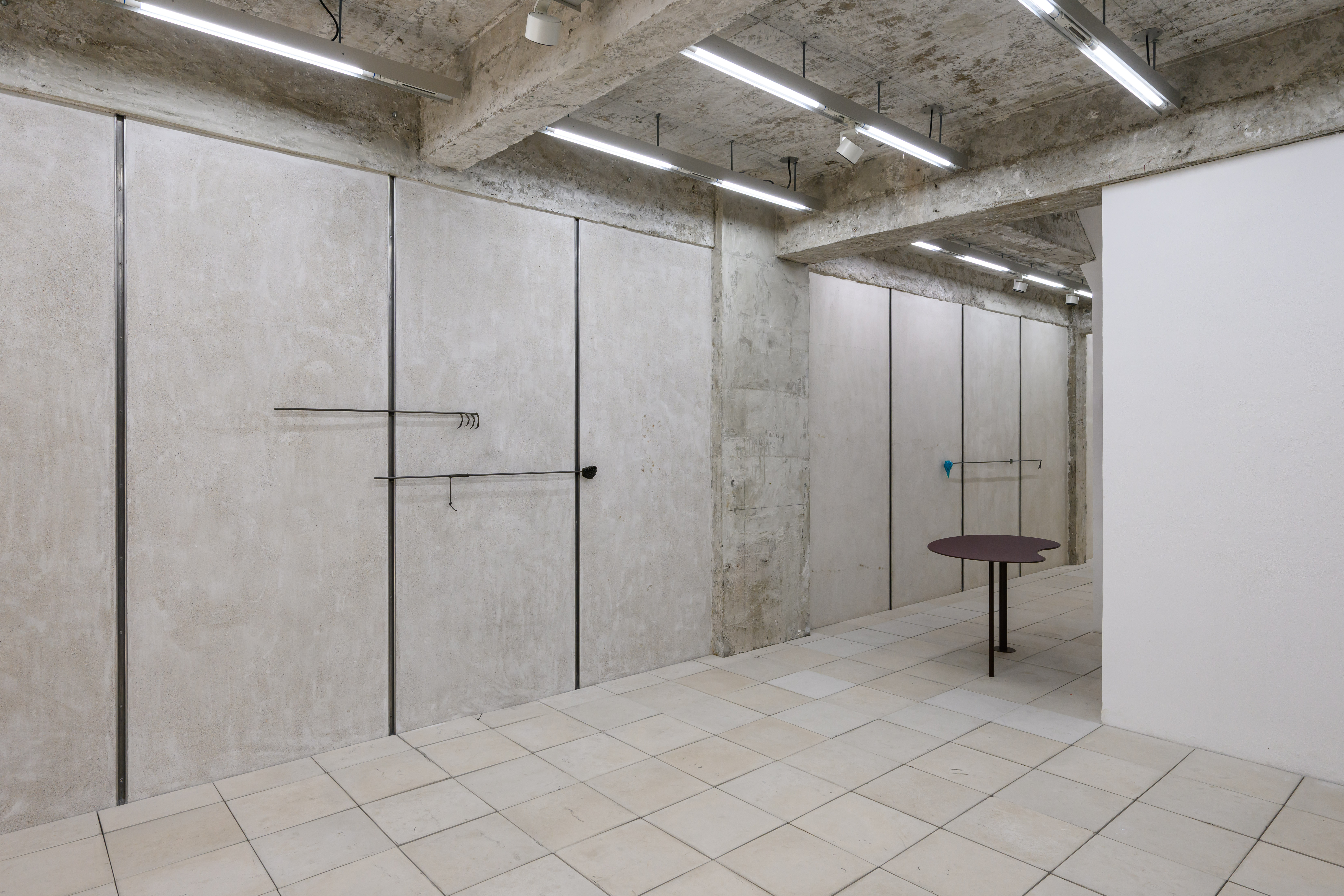Kiang Malingue presents “Geopoetics regarding a waterless sea”, Nabuqi’s third exhibition with the gallery. Based on an eponymous novel by author Chen Si’an written for this exhibition, Nabuqi has created a new body of sculptures and installations that investigates the changes of time, memory, spirituality and faith, the distinction between land and sea, and the intertextual relationship between literature and sculpture.
Nabuqi collaborated with Chen for the first time on the occasion of the Beijing Biennial in 2022, producing a distinct series of sculptures including Thread, and Symmetry (Residence and Tomb) based on a perusal of The Flame Within, an anthology of Chen’s short stories. The foundation of the current exhibition is a structured collaboration: Nabuqi first commissioned Chen to create a chaptered novel after conducting research in Hong Kong; she then conceived a new body of work that in turn became the starting point from which Chen expanded the novel. The exhibition’s title is derived from the novel, and the individual artworks are also named after the chapters and elements that appear in the literature. Nabuqi’s long-term practice is characterized by a concern for the diverse literary traditions of China and Europe—from The Black Dwarf by Walter Scott to Autumn Night by Lu Xun—the current exhibition of “Geopoetics regarding a waterless sea” is another attempt to nurture forms with words, and to rewrite stories sculpturally.
A group of six “How do humans obtain from the sea things that it does not possess” works addresses the relationship between land and sea, rendered inseparable by the idea of desire in Chen’s novel. These slender sculptural pieces seem like unbalanced tools or improvised weapons, or some kind of key (Chen: “To understand this place, those who arrive from an indefinite future must rely solely on narrative. Is story. Is key.”). Nabuqi aimed to create a series of sculptures as modest and quiet as “an existence of nothing,” incorporating in different parts photographs taken in Hong Kong, including a view of Victoria Park, a fish tank at a seafood market, a beach, and the statue of Queen Victoria. Using geography and local histories as metaphors, Chen’s narrative reimagines the transformation of human and non-human beings as they flee from land or sea, while Nabuqi’s objects fold Hong Kong, a unique destination, onto itself.
In recent years, Nabuqi has frequently used found images in her art, combining photographic and sculptural forms through either incongruous or harmonious combinations. The four works in the series “Fish finding a path ashore” continue the artist’s exploration of light sculptural forms since the exhibition “Cold Nights” in 2017, layering found images on irregular cylindrical shapes. The artist first printed the images onto archival paper, then folded them before coating a layer of clear resin over the surface to create uncanny oceanic forms that are both floppy and plumb.
In Chen’s story, the Geo-cataloguer is an eccentric specialist who documents all topographies, a patient, calm and even cruel observer of geological changes. On the esoteric map that he works upon day after day, “a stream from thousands of years ago penetrates cloud-reaching skyscrapers; an overflowing muddy swamp infested with sick flies houses a colossal, densely wired power station; a marching canal boils underneath the hustle and bustle of an urban district… Layer after layer, the topographies used to adhere fast to the earth as skins immediately attached to bodies, but are bloodily peeled off before they have fully withered.” Nabuqi’s response to this figure is Geo-cataloguer, a sculpture that is also informed by her table works shown at the Centre Pompidou x West Bund Museum Project, Shanghai in 2022. The cast aluminium sculpture, which is only 3 to 5 mm thin, represents the cryptic map in the story, an encyclopaedic chart that is at once ephemeral and unbearably voluminous. For Nabuqi, it is a surface that is “fragile and manifold, in which one casually becomes another without the possibility of definition.” The use of resin and clay in “Geopoetics regarding a waterless sea” reintroduces the handmade quality of her previous works, which also aligns with the novel’s emphasis on the bodily, the haptic and the unearthly—in the novel, a rock describes its friendship with a bird: “The companion’s language is gesture, speed, and its immersion of itself into the waves with all its strength. My language, is permanence, solidity, and a barely noticeable tremor.”
Situated on the gallery’s rooftop space is It, a sculpture that is evocative of the many transformations that take place in Chen’s chapters: fish that yearn for a life ashore, and Tanka people who fled the land thousands of years ago. The Tanka people are a unique community of fishermen who make boats their home. Some scholars have traced their origins to the ancient Yue ethnic group, who fled from the rule of Qin and migrated into the sea. Chen portrays in her story the last Tanka, who emits the fragrance of squeezed shoulang yam juice from his shirt, complacent and proud of his unique legacy and identity. This Tanka frowns upon Song Dynasty scholar Zhou Qufei’s account that demonises his people, and is yet pleased with naming himself after Zhou’s words: “roaming between heaven and earth.” In the artist’s signature style, Nabuqi’s It reflects upon a number of traditions of modern sculpture in terms of materiality and form, and shapes a paradoxical form that is stubborn yet soft, firm yet hollow—a structure that stands by a “key,” a story.
Geopoetics regarding a waterless sea Nabuqi
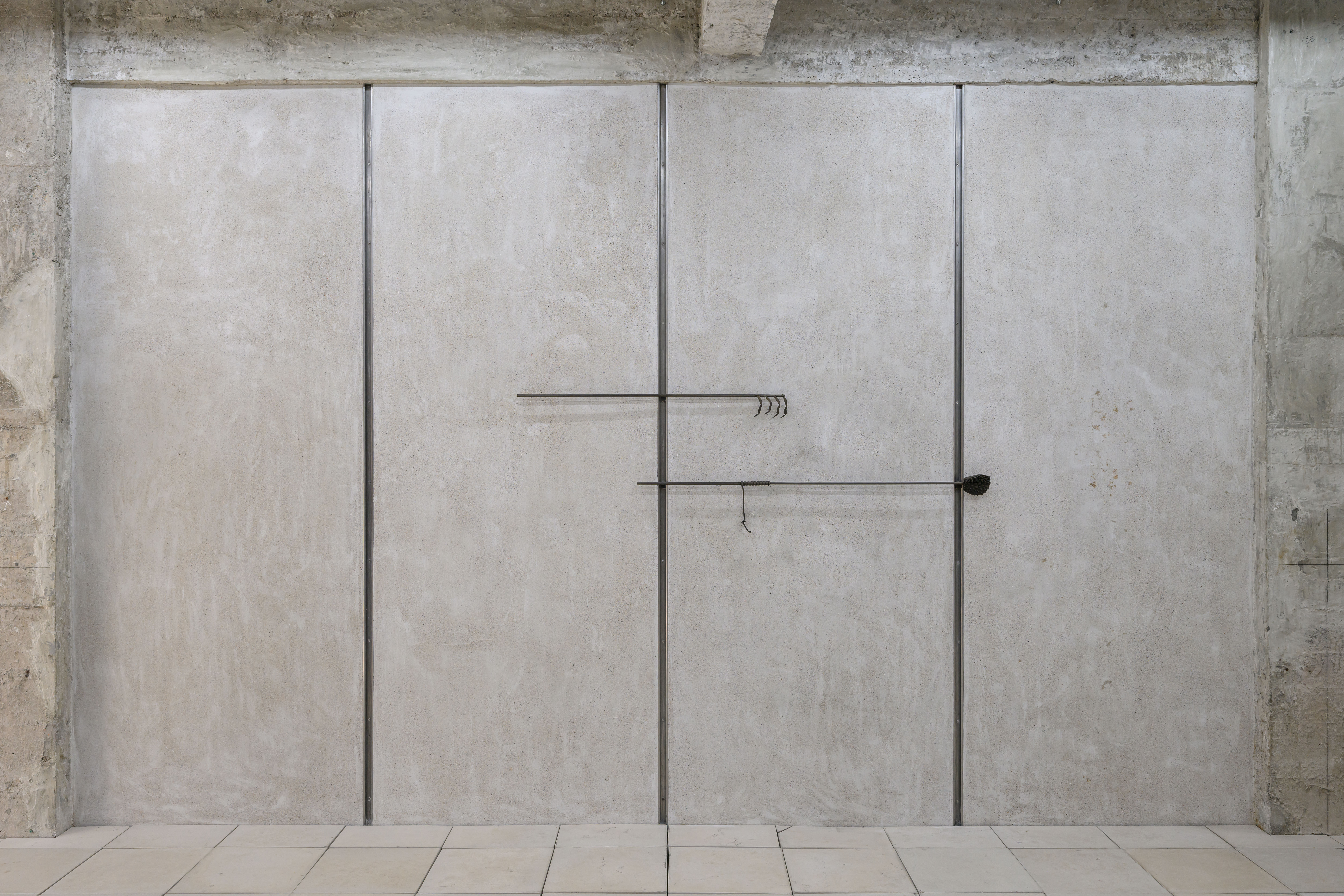
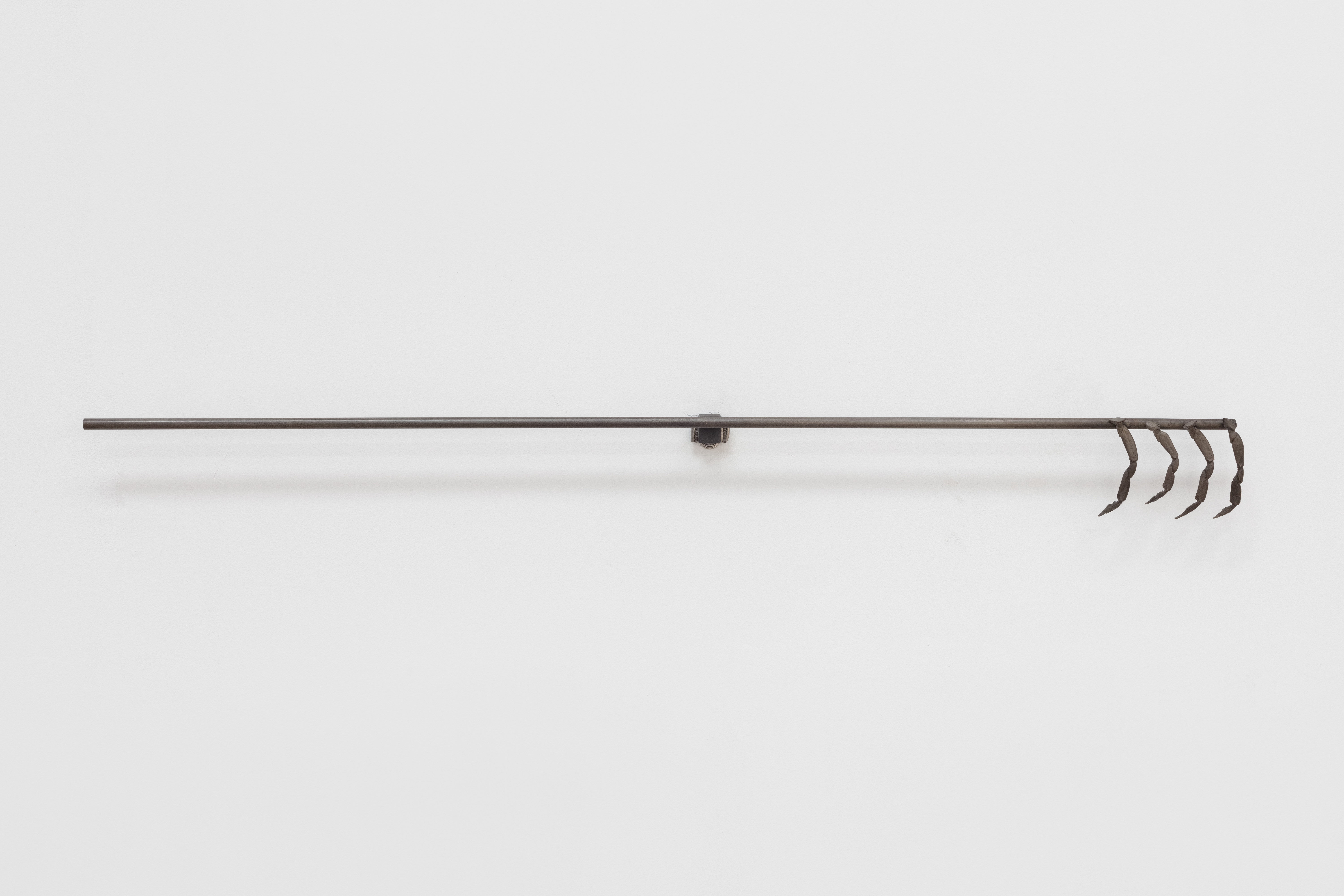
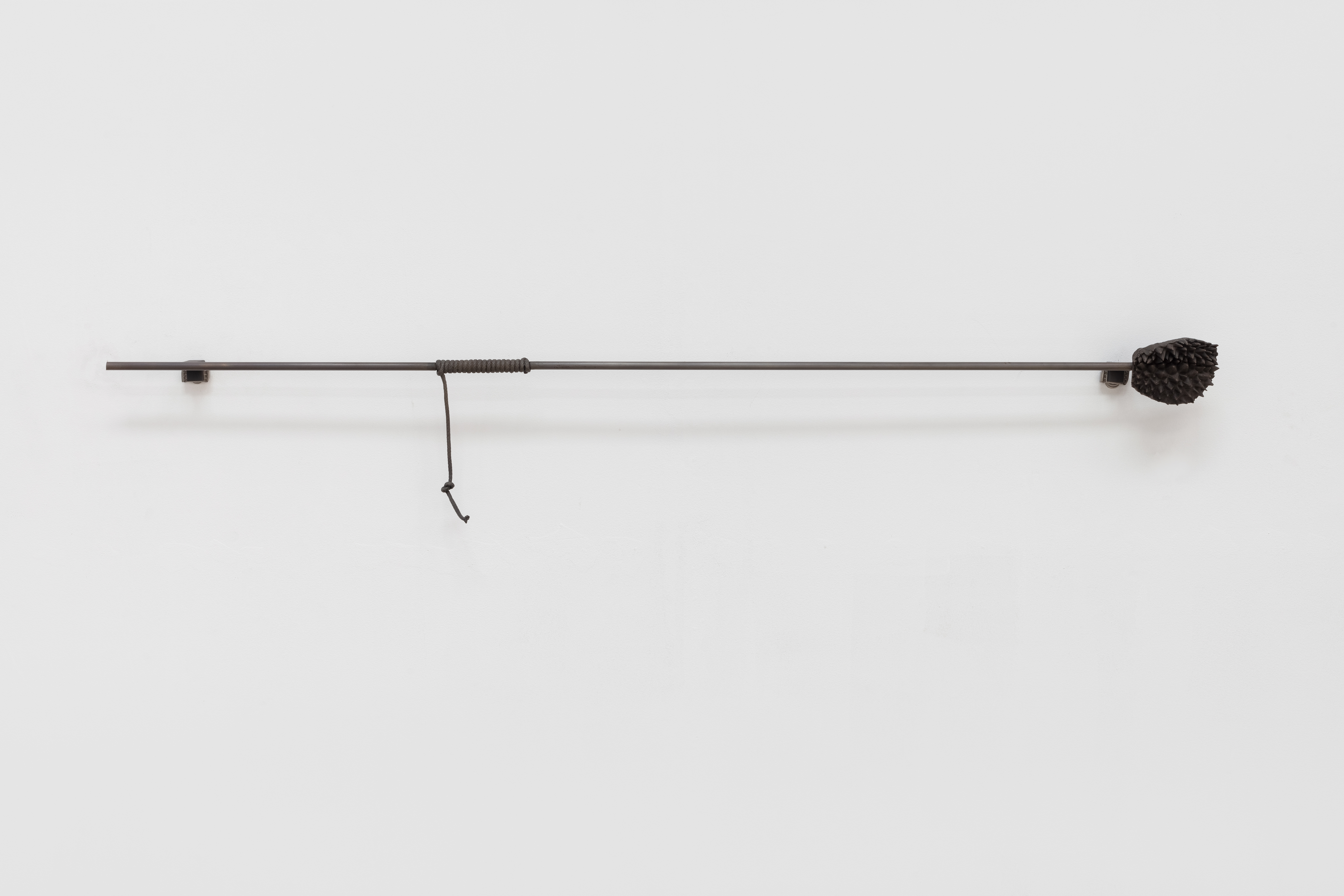
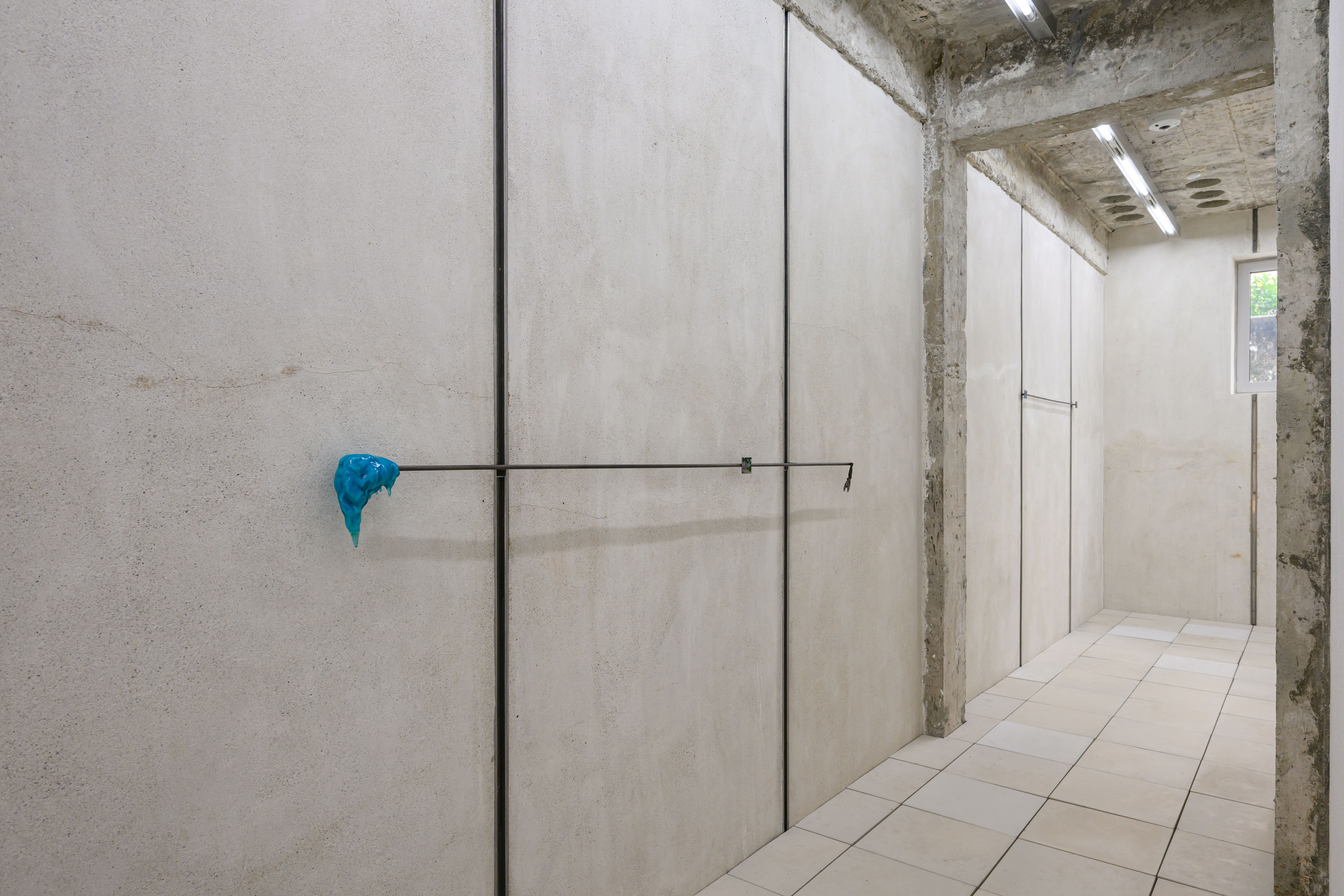

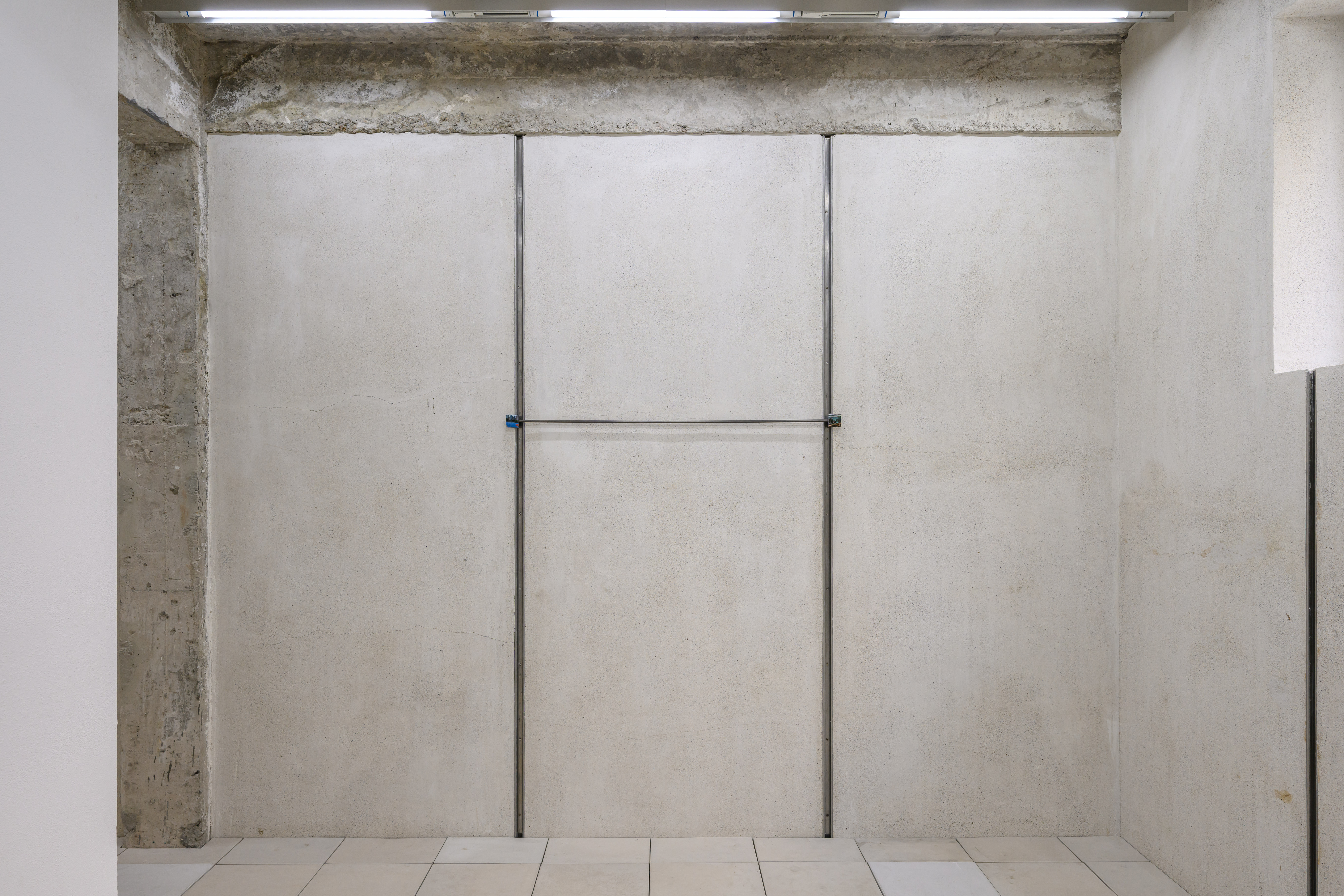
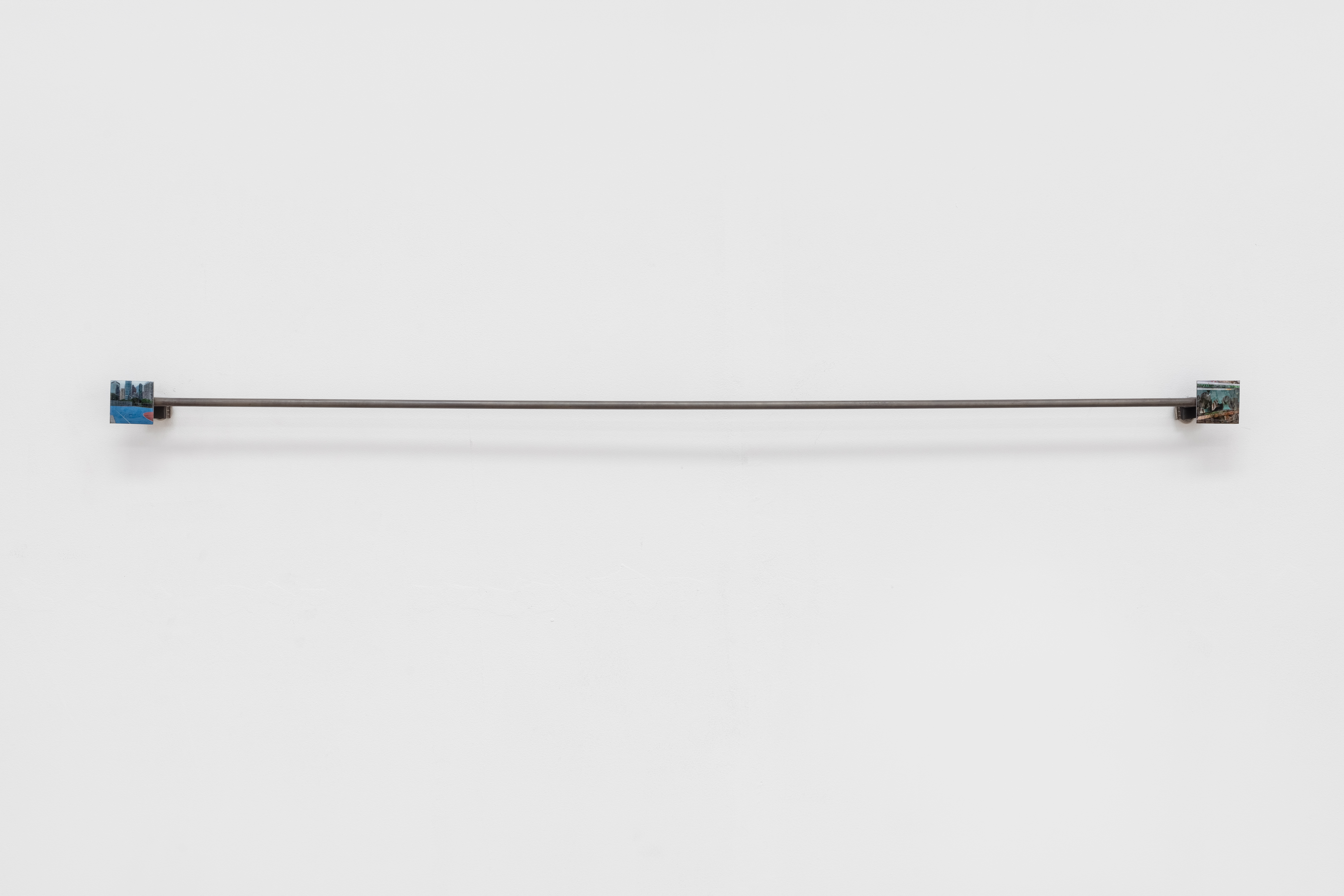
Bronze, brass, collectible print paper, resin
135 x 5 x 3 cm
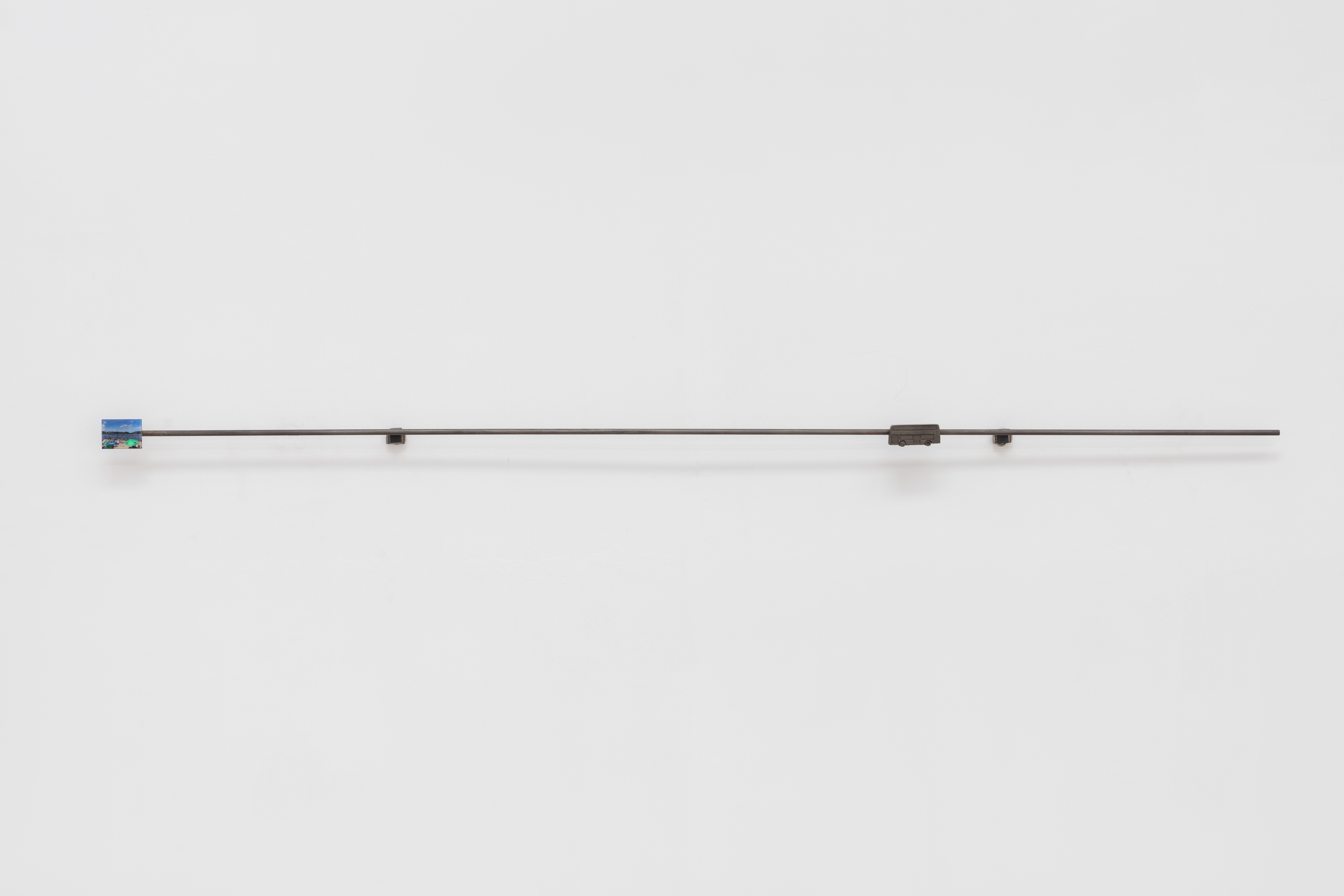
Bronze, brass, collectible print paper, resin
202.5 x 5 x 5 cm
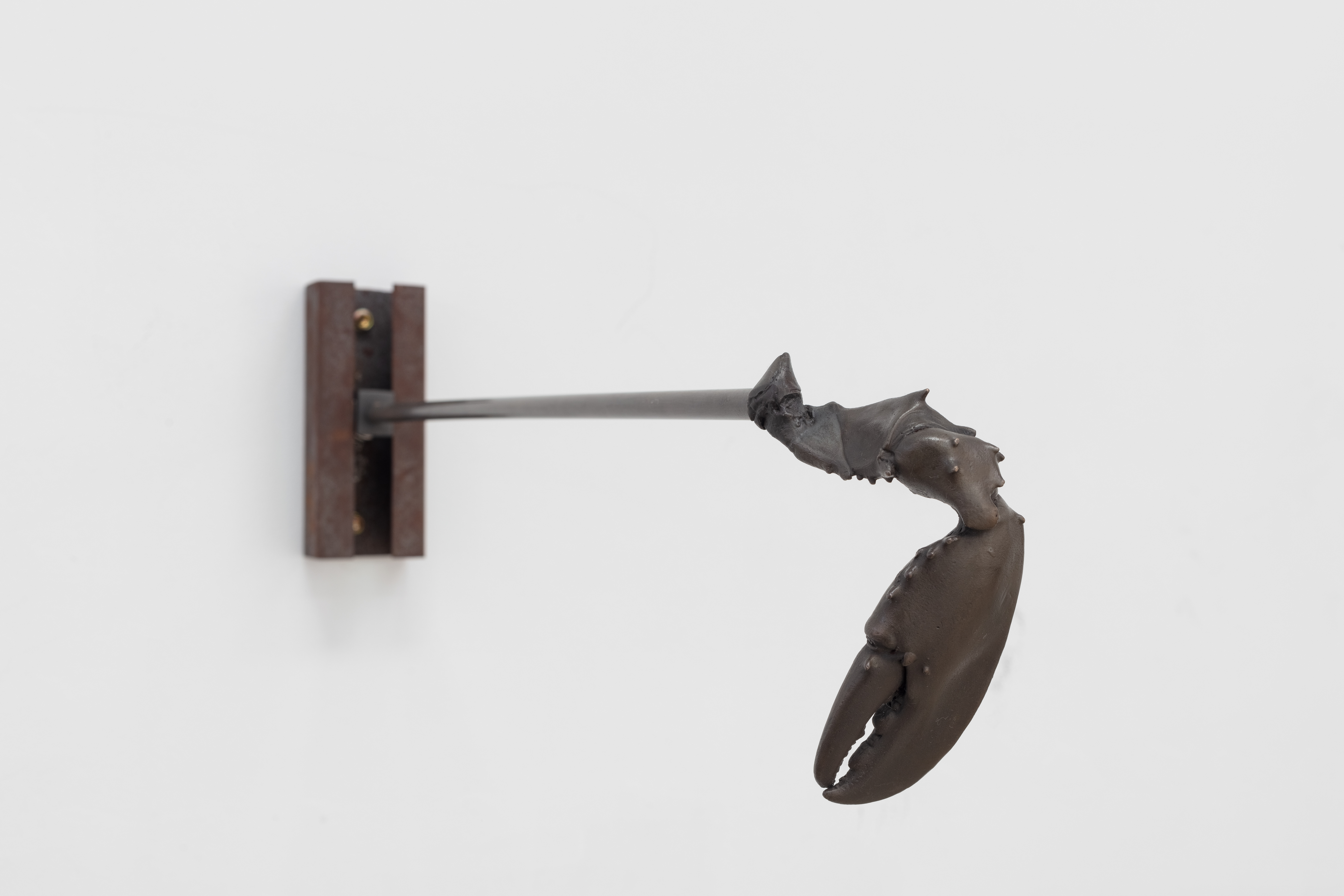

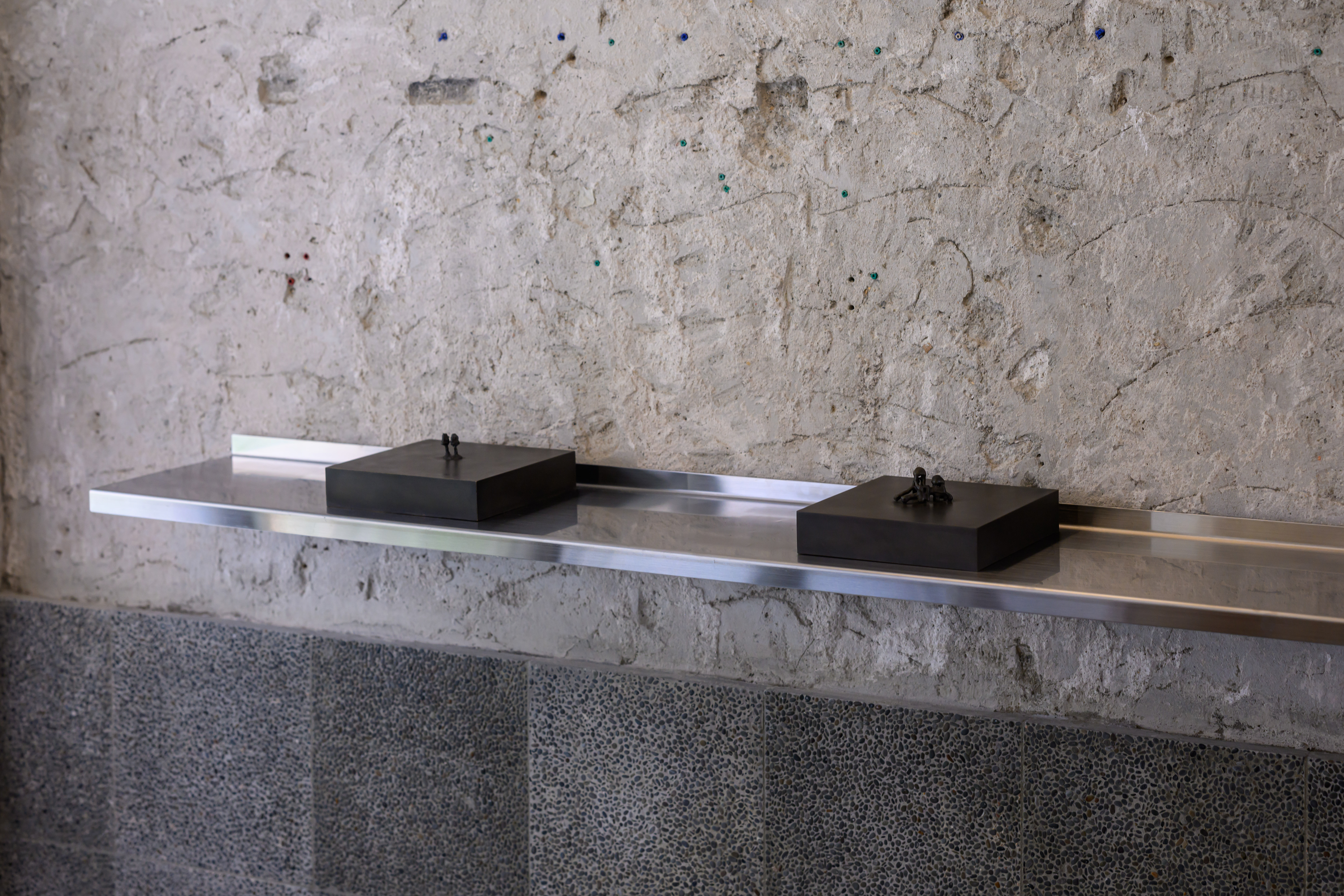


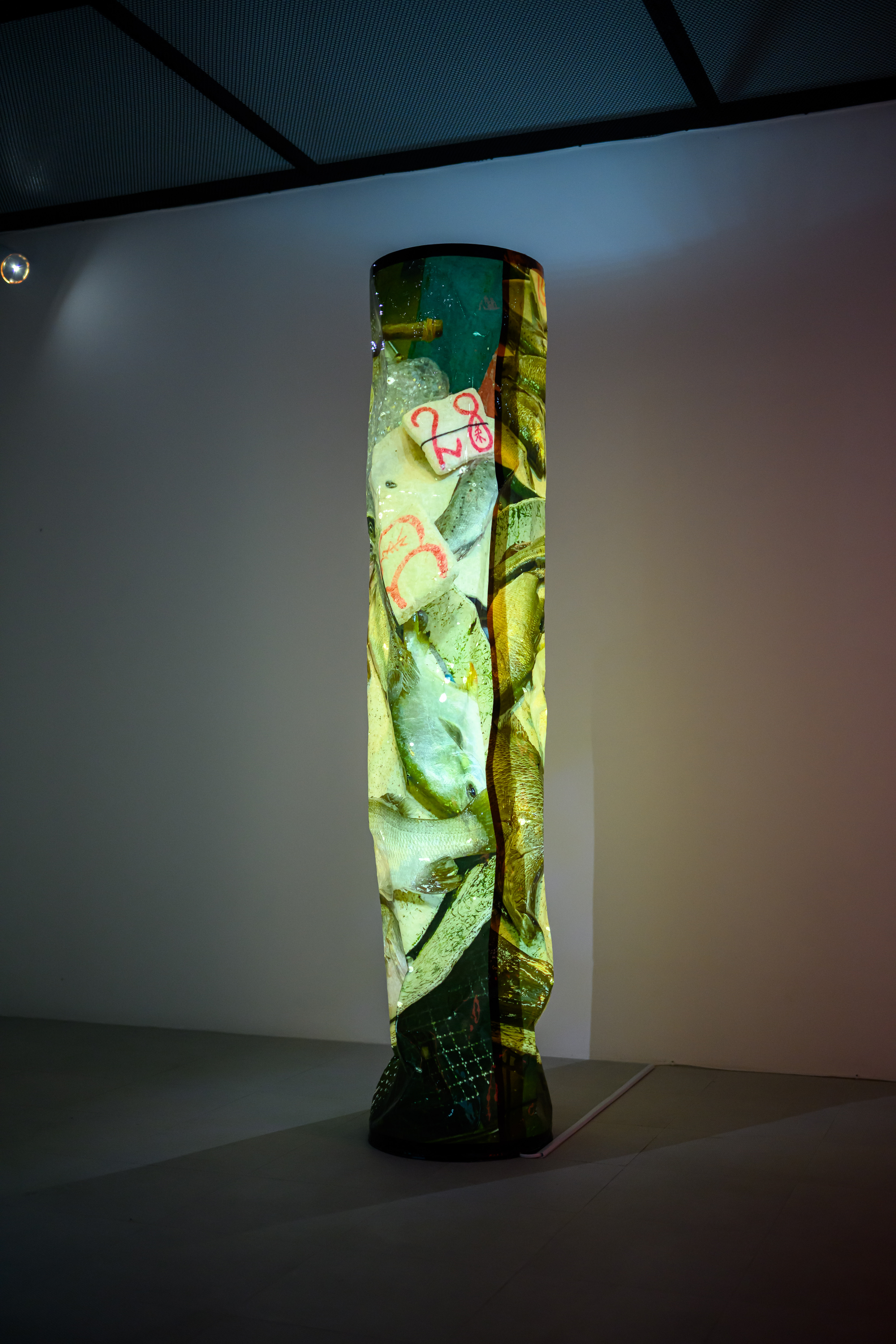

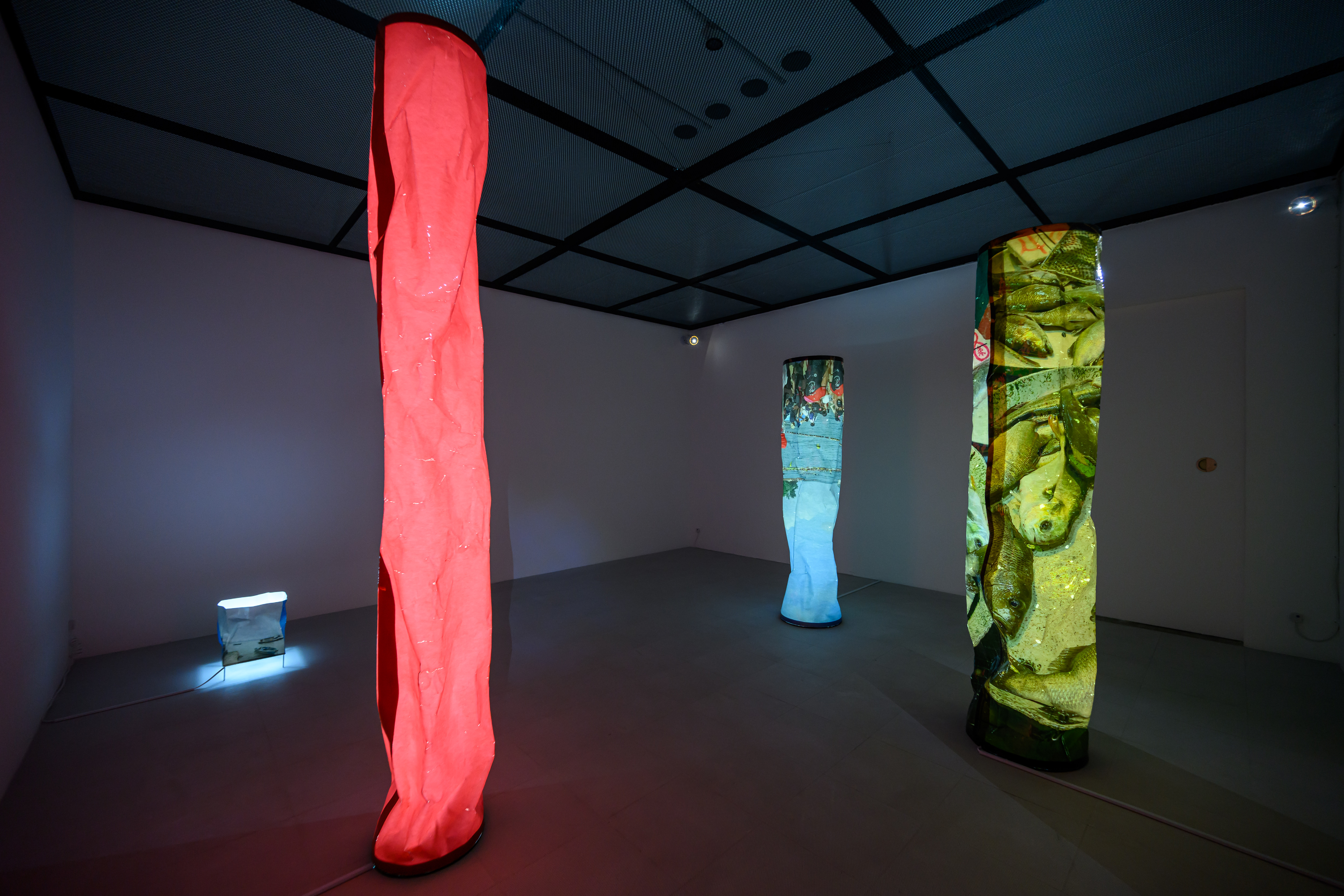
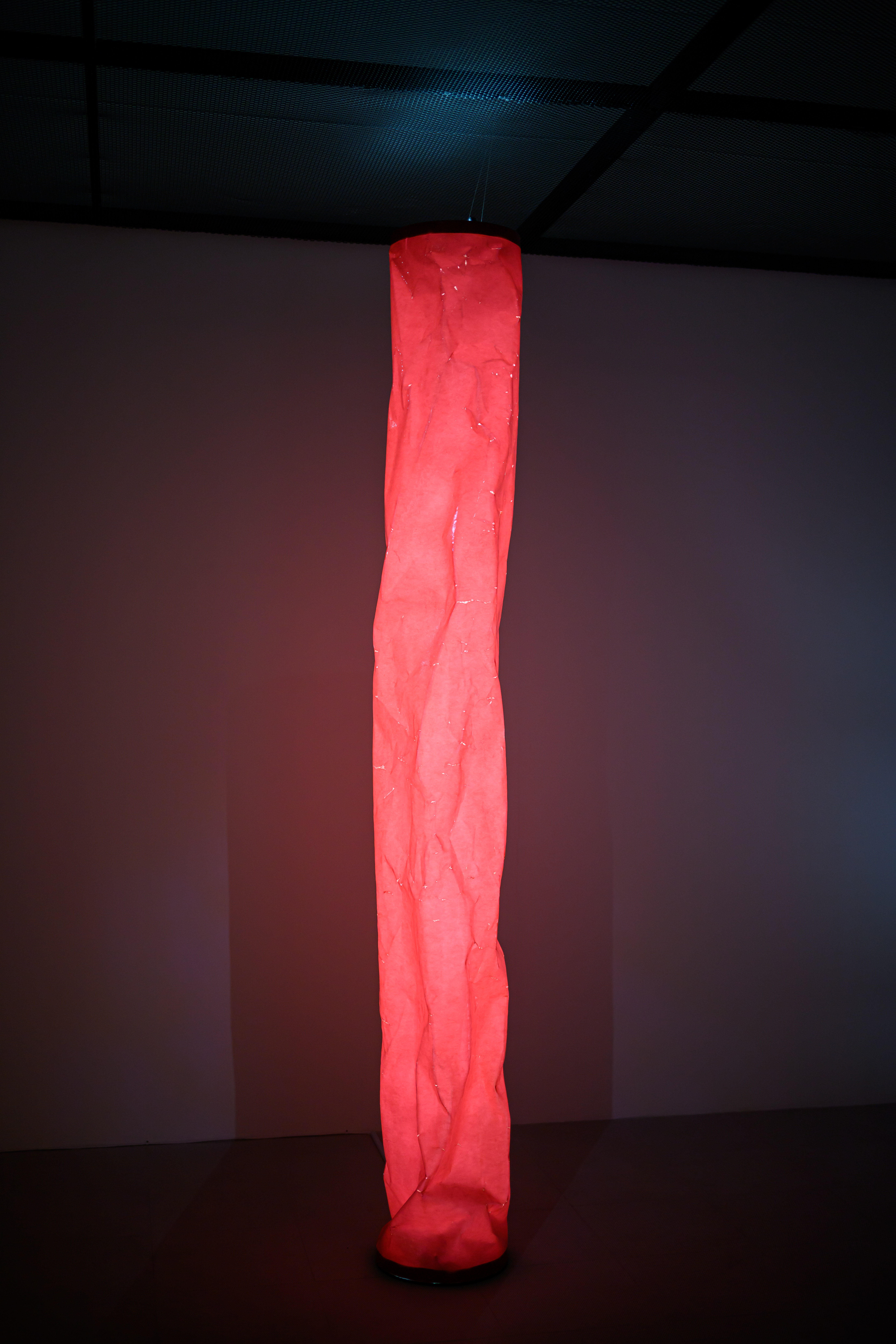


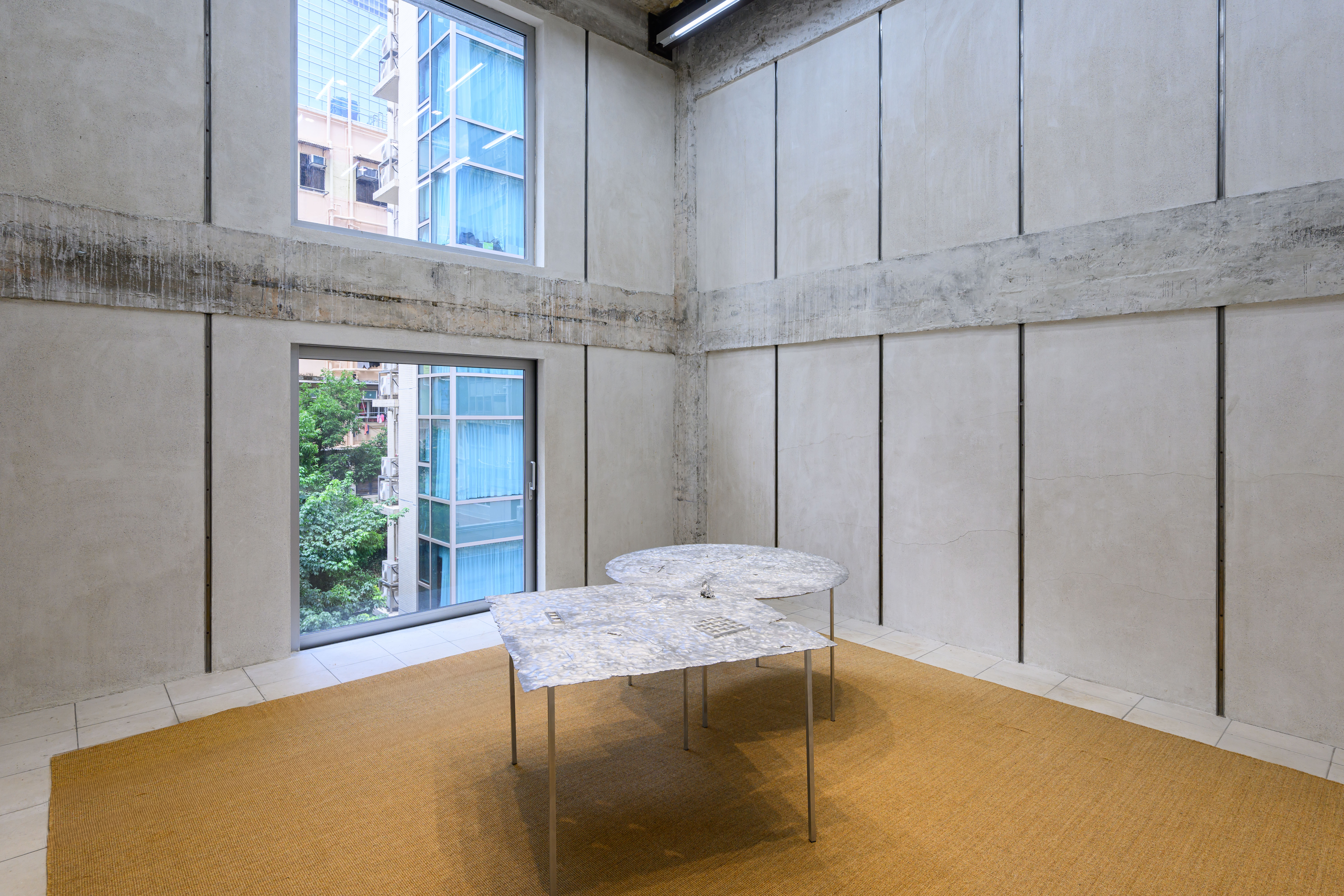
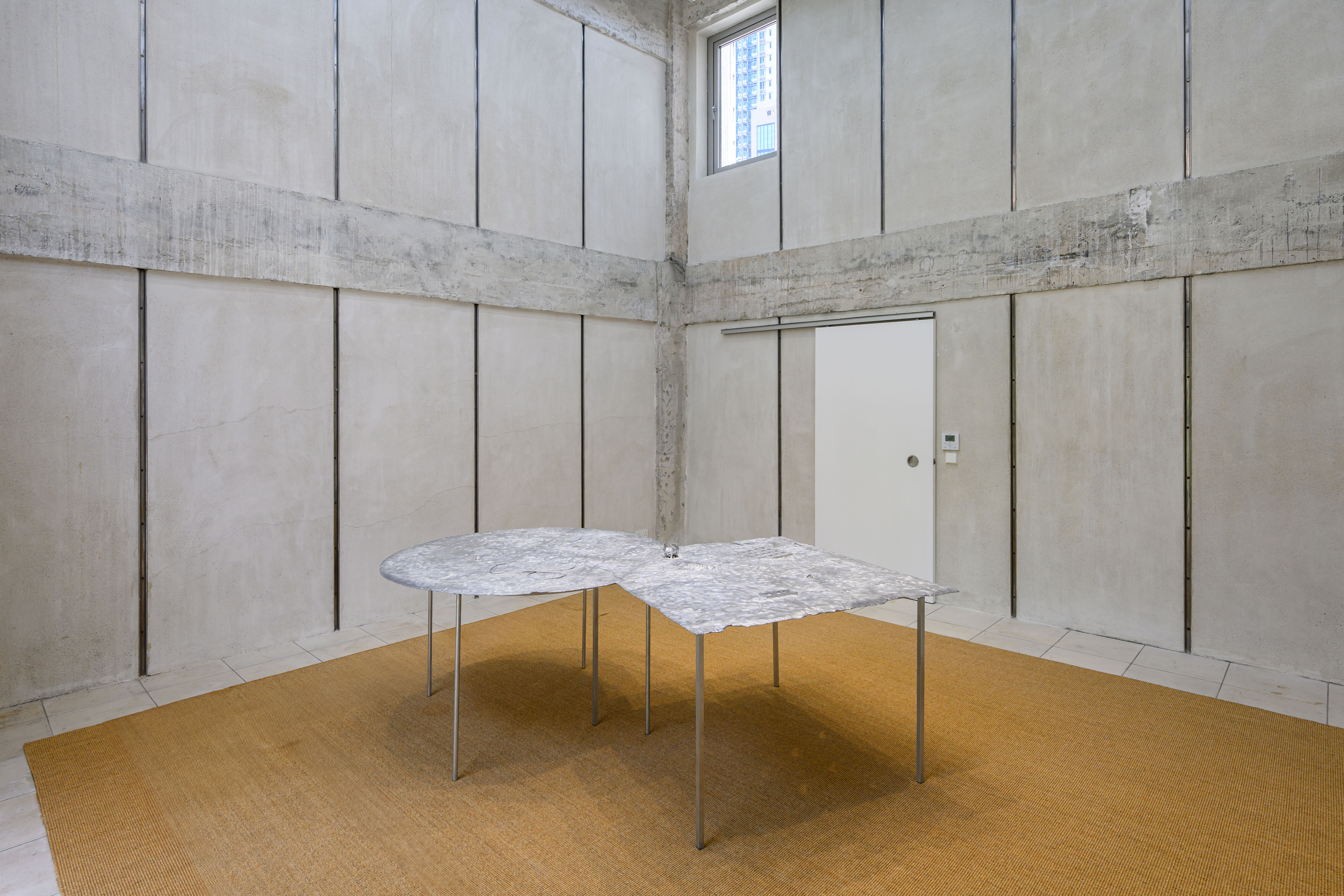
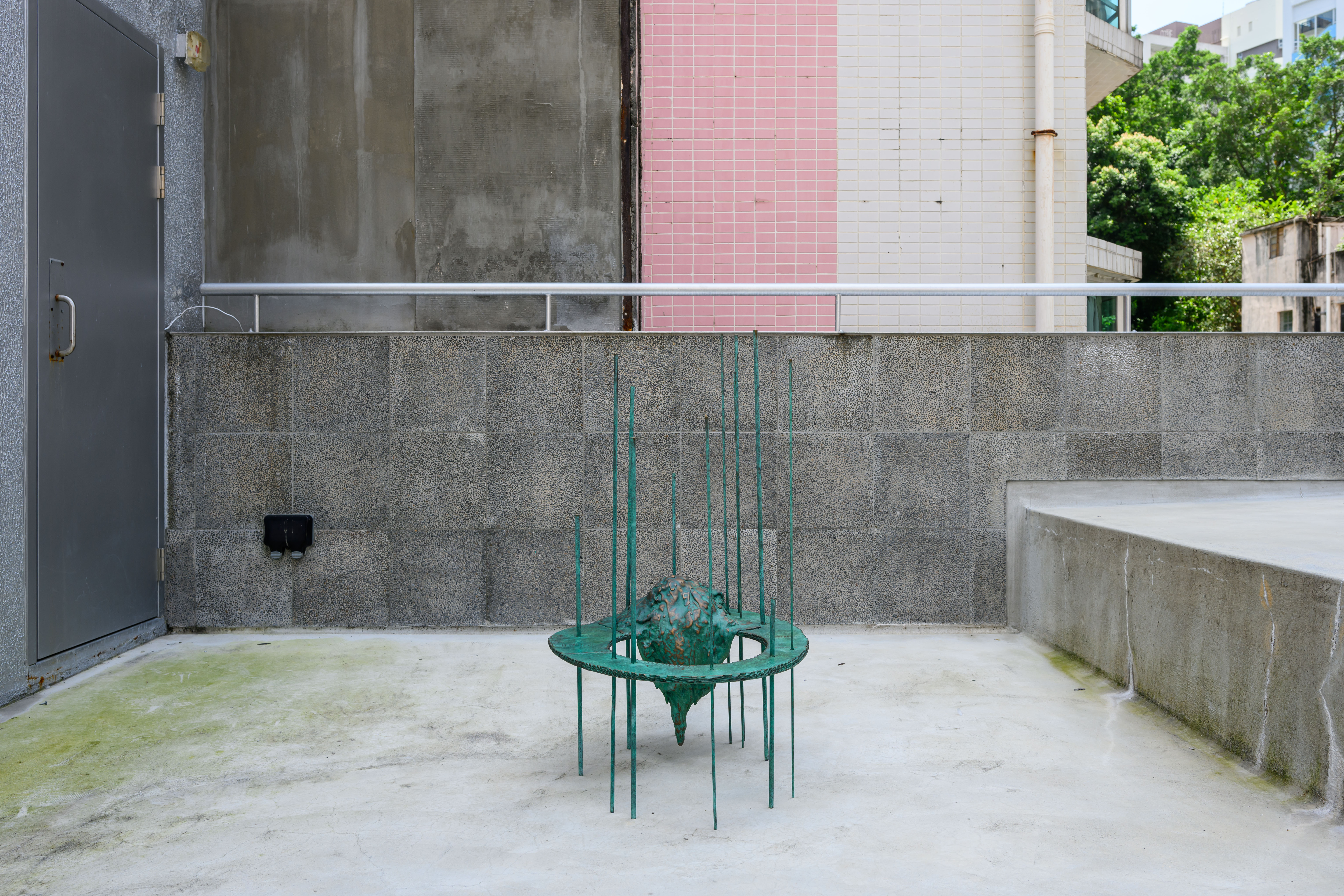
Bronze
100 x 75 x 58 cm
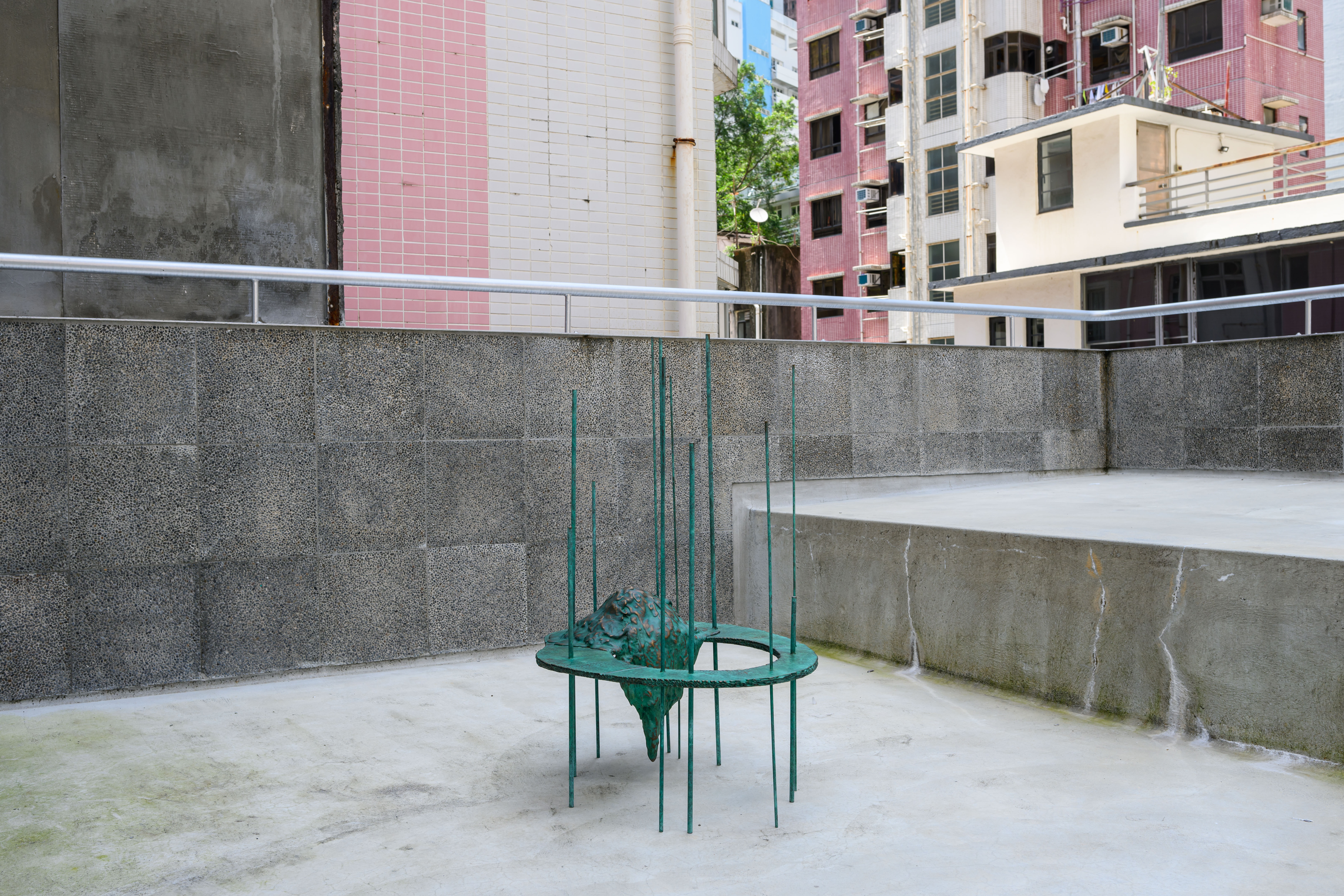
Bronze
100 x 75 x 58 cm
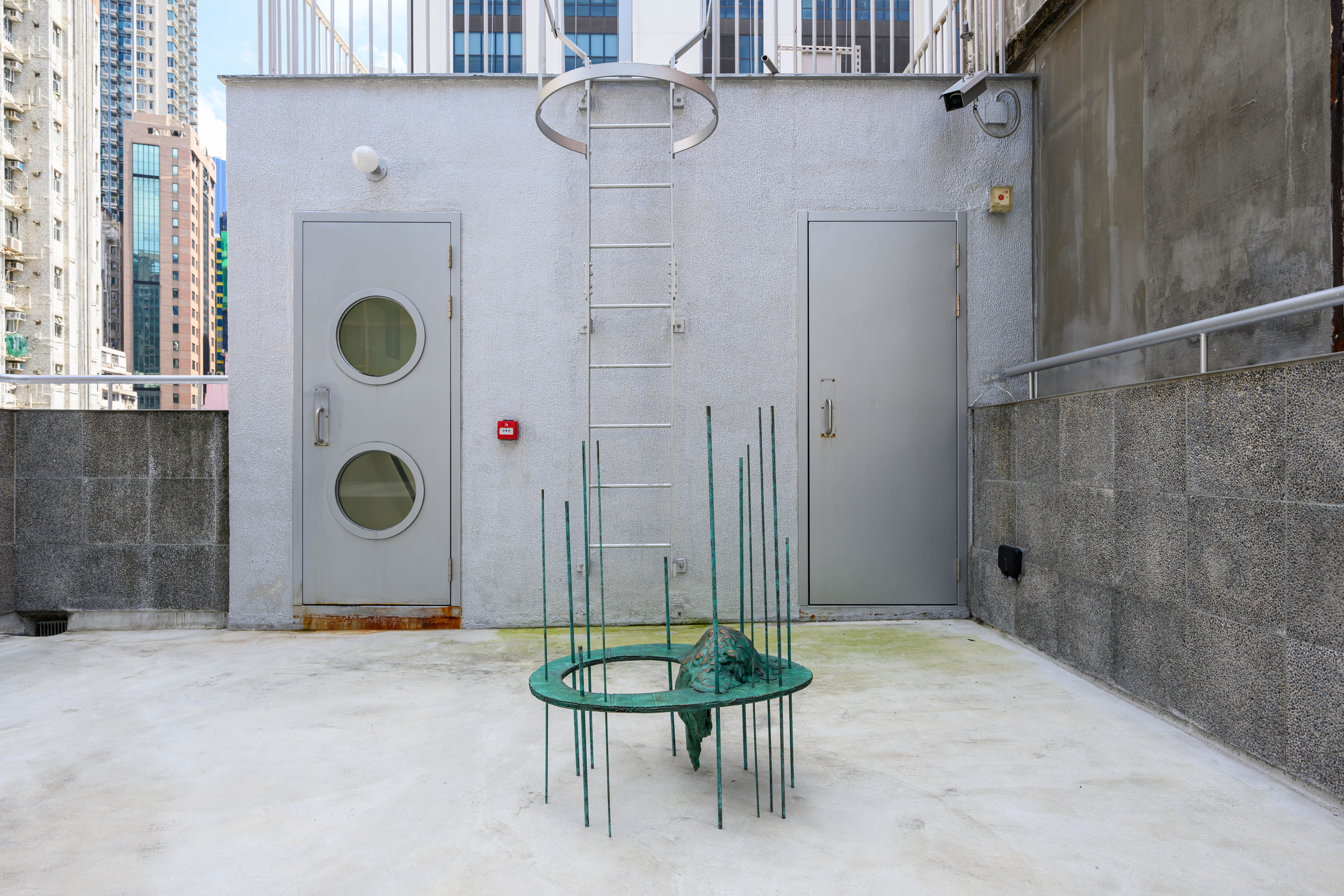
Bronze
100 x 75 x 58 cm
